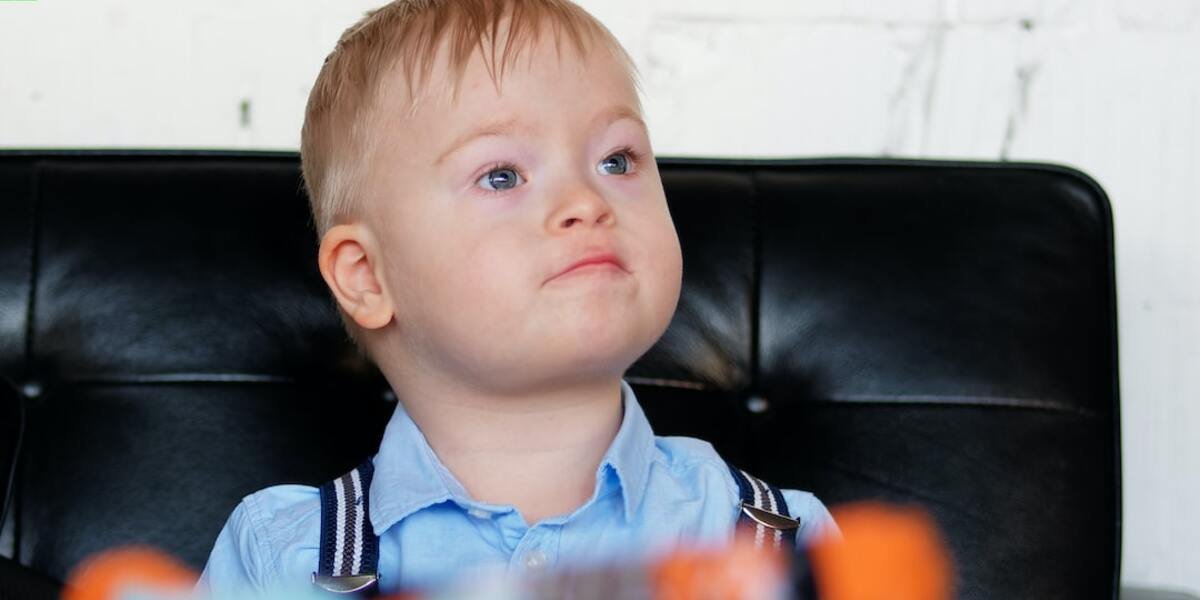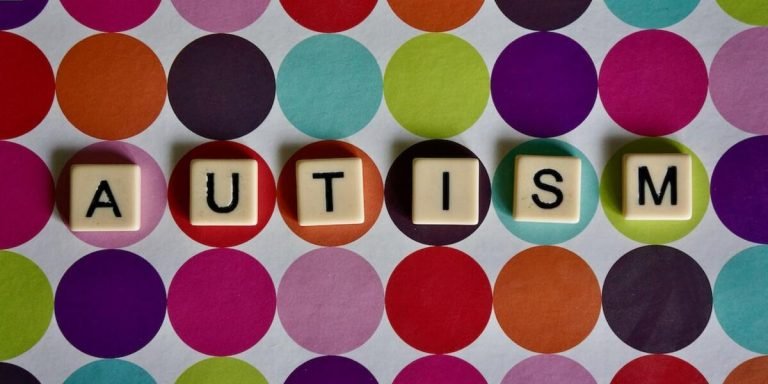Positive Behavior Intervention: A Comprehensive Guide for Parents and Educators
As parents and educators, employing strategies like “Positive Behavior Intervention” can dramatically improve the learning experience of children. It’s a systemic approach, focused primarily on creating an environment that encourages positive behaviors while discouraging negative ones. Understanding this method allows for a holistic growth perspective designed specifically to meet each child’s unique needs.
Navigating through the world of special education resources and support often feels overwhelming. Yet with tools such as Positive Behavior Intervention at our fingertips, we have more control than ever before in guiding young learners towards productive behavior patterns –especially those who may face additional challenges during their educational journey.
Did you know?
Contrary to popular opinion, Positive Behavioral Interventions and Supports (PBIS) not only improve behavior issues but also enhance academic performance. A 2012 study by Simonsen et al., found that schools implementing PBIS experienced a significant improvement in reading scores.
Understanding Positive Behavior Intervention in Special Education
Positive Behavior Intervention (PBI) is a fundamental pillar within special education, aimed at transforming behaviors that could be detrimental to learning and personal development. In essence, it’s an evidence-based approach focusing on decreasing undesired actions while enhancing skills in students with exceptional needs. The current educational landscape of 2023 sees PBI as more than just remediation; instead, it’s considered a proactive and preventive measure.
The integration of technology has added another layer to this strategy by offering solutions tailored for the unique needs presented by each child under this curriculum umbrella. Digital tools offer ways not only for tracking behavior trends but also promoting positive behavioral changes through interactive programs designed specifically towards comprehensive student growth.
When utilized correctly, these technological interventions can provide teachers with real-time data about their students’ progress which was otherwise challenging before such advancements. Furthermore, parents have become integral participants in managing PBIs via collaboration apps that allow them instant updates on how well implementations are working or if there are areas needing increased attention thirty years back keeps evolving over time.
In summary then: Technology serves up new opportunities when put into function alongside positive behavior intervention strategies—it provides nuanced perspectives toward understanding individual student experiences better and helps design inclusive instruction methods beneficial both inside classrooms or during distance-learning scenarios prevalent due to recent global conditions.
The Role of PBIS in Enhancing Student Learning Outcomes
An integral part of this approach involves the integration of technology into the process.
Teachers now have numerous resources at their fingertips that use cutting-edge tech to amplify PBIS in classrooms. These technologically-advanced tools help teachers manage classroom behaviors more effectively while providing individualized support for students with special needs.
One example includes virtual reward systems aimed at promoting desired conduct among learners. Other innovative software can assist educators by tracking each student’s behavioral progress over time and suggesting tailored interventions based on data analysis.
Furthermore, there’s also an assortment of online platforms offering interactive lessons crafted explicitly for different learner abilities—this ensures inclusive learning where every child feels seen.
The significant role played by technological advancements cannot be understated—there has been notable improvement in student engagement level thanks to immersive digital content which makes sessions much more engaging than traditional means.
In summary: Positive Behaviour Interventions & Supports when combined with carefully selected educational technology tools leads directly to enhanced academic performance as well as improved social-emotional development—a win-win situation indeed!
Key Principles Behind Effective Positive Behavior Support
“Positive behavior intervention holds a critical place in special education, particularly because it helps to mitigate behavioral issues and enhance learning outcomes. It not only aims at managing challenging behaviors but also focuses on replacing them with positive ones. To fully understand its impact, let’s delve into the key principles behind effective positive behavior support.
Firstly, proactive measures are taken under this approach which means that teachers identify potential triggers for disruptive behavior ahead of time and plan accordingly to minimize interruptions in the teaching process. This strategic planning remains rooted in research-based techniques such as differential reinforcement of alternative behaviors (DRA) or replacement behaviors training.
Secondly, this system does not merely focus on punitive consequences; instead, it encourages creating an environment conducive to development by acknowledging students’ achievements regularly – no matter how small they might be. Empowering children can significantly decrease instances of negative attitude or resistance towards academics.
Strategies for Implementing Positive Behavior Interventions
Implementing positive behavior interventions becomes a vital tool when it comes to special education resources and support. As technology plays an increasingly significant role in every aspect of our lives, its integration into the educational landscape isn’t just desirable – it’s inevitable.
The use of technology can provide educators with innovative strategies for promoting positive behaviors. Digital tools like mobile apps or online platforms offer various ways that teachers can foster a more inclusive classroom environment by encouraging good conduct among students who need additional assistance due to learning differences or disabilities.
Mobile applications specifically designed as cognitive behavioral aids are available now more than ever before because developers recognize their potential impact on developing minds. These apps function as digital rewards systems, using gamification techniques such as points, levels, badges etc., making them engaging and fun for children while simultaneously teaching valuable skills including accountability, discipline and task completion.
On another level entirely is virtual reality (VR) tech which has seen rapid advancements over recent years in 2023. Virtual environments have proven effective at helping learners visualize consequences related to their choices – giving real time feedback about actions taken within these simulations thus fostering better decision-making abilities overall amongst those utilizing this ground-breaking resource.
Structuring School-Wide Systems for Change
Implementing positive behavior interventions within a learning environment can be an uphill task. Yet, it remains pivotal to ensuring the smooth running of educational institutions and fostering conducive atmospheres for optimal learning experiences.
In 2023, we should focus on incorporating technology into behavioral intervention frameworks as part of Special Education Resources and Support strategies.
1) Utilize Data Tracking Programs: Digital platforms offer efficient ways for educators to track student’s behaviors, providing real-time data analysis tools that help identify trends or patterns.
2) Online Learning Platforms: Adapting online resources tailored towards special education learners not only enhance individualized instruction but also promote positive behaviour by engaging students interactively.
3) Interactive Whiteboards (IWBs): These create opportunities for hands-on collaborative activities which encourage active involvement thereby enhancing both participation rates and promoting good classroom etiquette.
Tailoring Interventions to Individual Needs and Abilities
When it comes to implementing positive behavior interventions, tailoring strategies according to individual needs and abilities is an incredibly crucial factor. With the rapid evolution of technology integration in education, this process becomes even easier and more effective.
Start by identifying a child’s specific behavioral challenges or learning gaps that may hinder their educational success. Once identified, these areas can be addressed with different intervention techniques designed for varying degrees of complexity.
For physically challenged students, Augmented Reality (AR) games have emerged as potent resources allowing them to participate actively without feeling left out due to physical limitations.
In special education contexts where personalized attention is very much essential; artificial intelligence-driven tutoring systems are making waves. By assessing each student’s strengths and weaknesses on various parameters continuously over time they provide highly customized lessons catering specifically to the learner’s requirements.
Measuring the Impact of Positive Behavioral Supports on Students with Disabilities
In the realm of special education, positive behavior interventions are emerging as a powerful tool in promoting constructive conduct and improving learning outcomes. These involve individually tailored strategies to assist students with disabilities in acquiring necessary social skills while reducing disruptive behaviors. Yet, for these techniques to be fully impactful, measuring their efficacy forms an essential part of any comprehensive educational strategy.
As educators seek to integrate technology into this process of measurement and evaluation, numerous benefits come into play. In 2023’s ever-growing digital landscape where app-based solutions reign supreme, there has been notable progress on this front; thereby enhancing efficiency and accuracy levels within our classrooms like never before.
Perhaps one significant advantage is that such systems can provide real-time data tracking which renders a detailed analysis regarding patterns in student behavior over time possible – all at the click of a button! This functionality allows teachers not only track improvements but also identify potential areas requiring additional support or targeted instruction for each individual pupil more swiftly than traditional methods might allow.
Going ahead we need more Special Education Resources coupled with technological integration will continue playing critical roles in capturing qualitative measures through objective lenses thus helping shape successful futures for our children who require specialised care and attention on their journey towards achieving full academic potential.
Tools and Techniques for Monitoring Progress
Implementing positive behavior intervention strategies for students with disabilities requires a robust system of monitoring and evaluation. This not only helps to gauge the effectiveness of these interventions, but also paves way for ongoing improvement.
One such powerful tool is progress monitoring tools that are designed to quantify behavioral changes over time. These can take various forms like daily report cards, systematic direct observations as well as online tracking platforms specifically developed in 2023 keeping up-to-date technology integration standards in education.
Daily report cards provide immediate feedback based on predefined goals while offering personalized insights into student’s growth pattern. Parents and educators find them particularly useful due their simplicity and clarity which doesn’t require professional expertise to comprehend.
Systematic direct observation serves another extremely valuable method where an observer tracks specific behaviors at certain intervals during school hours providing real-time data about how effectively positive interventions work within set course period.
Online tracking platforms have revolutionized special education resources by allowing continuous collection, analysis, visualization and sharing of data anywhere anytime thereby giving it greater flexibility unlike traditional systems.
Moreover techniques like functional behavioral assessments (FBA) serve critical role in identifying problematic behaviors – both overtly disruptive ones or those impeding learning process subtly – tracing them back their triggers & establishing replaceable alternative actions via tailored approach.
Analyzing Data to Inform Continuous Improvement
The advent and integration of technology in education has provided numerous tools for analyzing data, a boon particularly when it comes to monitoring the progress of students with disabilities. Positive behavior intervention plays an instrumental role here.
One crucial aspect that educators should focus on is leveraging this data in devising constructive strategies aimed at continuous improvement.
Analyze the change: First and foremost, any process starts by evaluating where you stand now – what are your baseline figures? This serves as a guidepost gauging how far we have come along our journey towards positive impact.
Measure progress over time: The keyword to remember here is “continuous”. Regular evaluations will provide constant feedback about effectiveness and needed adjustments if any exist.
Let’s not forget – these technological advancements serve us best when combined with human intuition and empathy especially while dealing with special needs children. Therefore, combining data analytics derived from edtech solutions along-side traditional methods ensures comprehensive support addressing all facets required.
Conclusion
Wrapping it up, positive behavior intervention stands as a beacon of hope for both parents and educators seeking to nurture amicable behaviors in children. Its holistic approach not only resolves conduct issues but also builds an environment that fosters personal growth among young minds. It’s about reshaping negative patterns into constructive actions – one step at a time.
As you continue on this journey towards fostering better behavioral skills in your child or students, remember that our website is brimming with more resourceful articles designed to aid your cause. Whether its enhancing communication abilities or nurturing emotional intelligence, we offer all the support you need – right here! So go ahead… delve deeper into the world of childhood education and discover strategies that’ll carve refined individuals from raw potentials.







